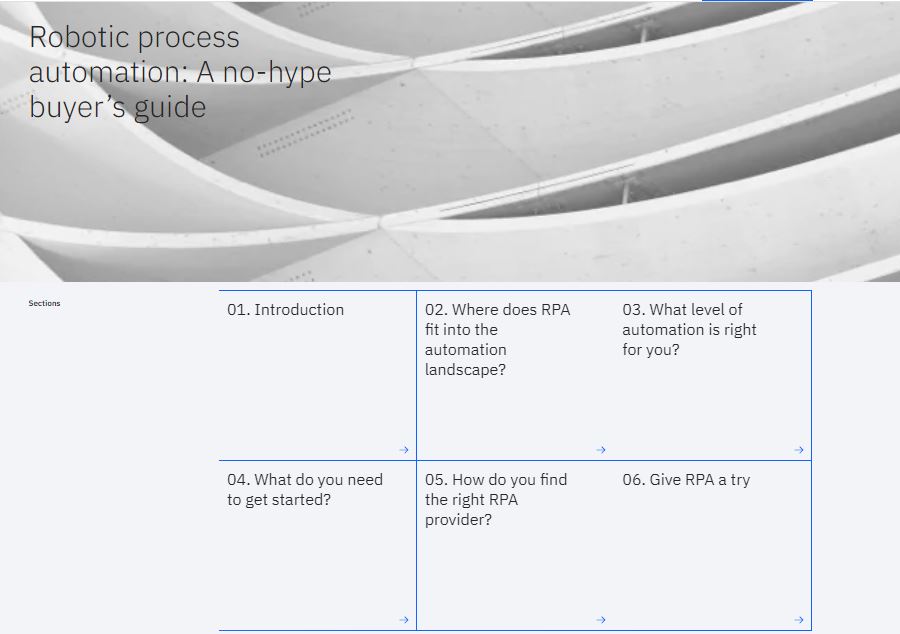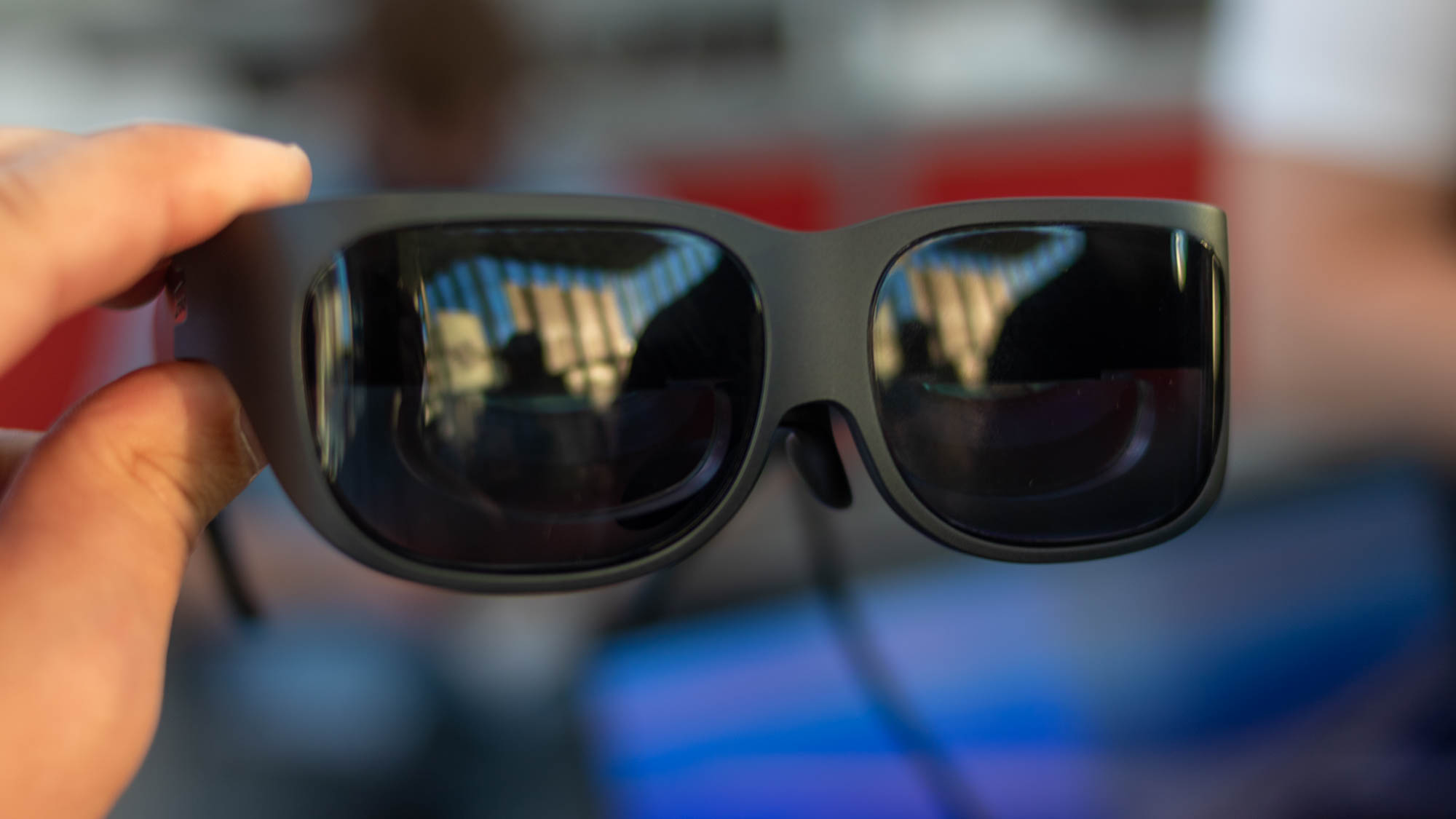The future tech helping battle the pandemic
We’ve struggled to find a use for chatbots, 3D printers and drones, but innovative tech is now being used to fight COVID-19


Future tech usually carries connotations of exciting but ultimately over-hyped technologies. With little to no practical uses in business, sudden crazes for things like blockchain and other future tech have quickly died off.
Tech like 3D printers, chatbots, and VR, which had their heyday come and go, are now relegated to the same category of interesting, useless technology.
However, COVID-19 has raised challenges that no one expected, calling for innovative solutions. We’ve compiled six ways that future tech has been used - effectively, and not so effectively - to help address problems caused by coronavirus.
3D printers
3D printing went through a bout of popularity around 2014, but companies promised more than the technology could deliver to both the business and everyday consumer. The technology everyone hoped would revolutionise manufacturing, though it continues to evolve and add new materials, never took hold in home manufacturing.
But 3D printing stepped into the spotlight during the pandemic, as it became clear that hospitals around the world weren’t equipped with enough ventilators and PPE to treat the influx of patients and protect hospital staff. So companies started creating 3D-printable designs, helping to fill these gaps in life-saving equipment.
RELATED RESOURCE

3D printing: The leading edge of product design
The transformation of additive manufacturing
Businesses like 3D Systems, and customers Lonati and Isinnova, have collaborated to print components of ventilators. Through additive manufacturing like 3D printing, companies can manufacture parts internally or make parts as needed, reducing their dependency on suppliers.
“And this is what we’re asking our network, and encouraging the industry to help us do right now,” said Vyomesh Joshi, president and CEO of 3D Systems, in a statement. “Circumvent the supply chain to manufacture these PPE (personal protective equipment) and life-saving devices as quickly as possible.”
Sign up today and you will receive a free copy of our Future Focus 2025 report - the leading guidance on AI, cybersecurity and other IT challenges as per 700+ senior executives
It also enables creativity. 3D Systems helped print hundreds of valves for an emergency ventilator mask designed by an Italian doctor, Renato Favero, who modified snorkelling masks donated by the sports equipment retailer Decathlon. Plenty of others in the 3D-printing industry have also stepped up, meaning that we’ve finally found a use for 3D printers: saving lives.
Drones
British police have shelled out millions for drones, and are now finding out ways to put the whirring toys to use to support their work. Derbyshire Police, for example, has used its drone with a thermal camera to look for homes growing marijuana, as well as to search spaces that were deemed unsafe for officers, including abandoned buildings.
Now the drone has a new use: nagging dog walkers to leave national parks and go back to their homes. Derbyshire Police used drone footage to make a short clip of people walking in Curbar Edge in the Peak District, hoping to encourage others to stay at home as advised by the government and saying “the message is still not getting through”. The move was criticised as “sinister” by digital rights group Big Brother Watch, and partially led to new guidance about how police should enforce the lockdown laws, but at least the drones aren’t gathering dust.
Virtual reality
VR has struggled to find purpose with mainstream audiences, with headsets failing to take off despite the best efforts of Oculus and HTC. However, researchers at George Washington University Hospital in Washington, DC have put the neglected tech to use to fight COVID-19.
One of the challenges of this pandemic has been treating the patients who are hardest hit by COVID-19 and understanding exactly what’s happening to their lungs. The hospital saw its first COVID-19 patient in mid-March and his condition quickly worsened. To understand why, doctors made a 3D image of his lungs to see the damage in VR. What they saw was alarming – but helped treat the patient.
“There is such a stark contrast between the virus-infected abnormal lung and the more healthy, adjacent lung tissue,” explained Dr Keith Mortman, chief of thoracic surgery at the hospital, in its podcast. “And it’s such a contrast that you do not need an MD after your name to understand these images.” Such is the power of virtual reality – and the damage caused by COVID-19.
Robotics
Medical staff on the front line are dying from infections passed on by their patients. We don’t yet have the robotics in place to help doctors and nurses operate at a distance from those sick with COVID-19, but it’s clear to see how automation could help.
Indeed, there are places where robotics are already helping in the fight against this pandemic. In China, robots were used to deliver meals to people under quarantine in hotels. Meanwhile, in Thailand, hospitals have been rolling out small robots equipped with displays to communicate with patients without risk of infection, as well as dole out food and medicine.
Danish company UVD Robots says that its ultraviolet cleaning robots have been shipped to China, Italy and elsewhere to zap viruses with light to help stop the spread of infections. “We are now helping solve one of the biggest problems of our time, preventing the spread of bacteria and viruses with a robot that saves lives in hospitals every day,” said Claus Risager, UVD Robots chairman, in a statement. It’s a clear example of how robotics can actually support human workers, rather than replacing jobs as so many fear.
AI and algorithms
There’s no question that artificial intelligence and algorithms have already had an impact on our lives – but they could save them too. These technologies are being used in a wide range of ways to help battle the novel coronavirus, from tracking cases to smart symptom checkers.
Doctorlink is one example. This online symptom checker’s algorithm was updated to include details about COVID-19 to help people understand whether they’re at risk from the disease and what steps to take next – and to reassure the “worried well” that they’re fine and should simply stay home.
“The symptom assessment app was first updated to detect potential cases of COVID-19 in January and is updated daily to reflect new guidance on the novel coronavirus from NHS England, Public Health England and the UK government,” said Rupert Spiegelberg, CEO of Doctorlink. “The latest release, which is available to the million patients across England, includes new logic to identify patients who are vulnerable due to their age or underlying health conditions and provide them with appropriate advice.”
AI is also being used to track the spread of the pandemic – including using our smartphone data for contact tracing – and to develop medicines, with British startup BenevolentAI using its predictive system to analyse already approved pharmaceuticals for their ability to help treat COVID-19.
Chatbots
Chatbots are stupid. You ask them a question and they can only answer if they figure out what you’re trying to say – and if they have that answer preprogrammed into them. But the World Health Organization (WHO) has found a use for the most basic of future technologies: fighting global misinformation about the pandemic.
The chatbot is available in messaging apps such as WhatsApp and Viber, making it easy to fact-check information forwarded by family and friends. To access the chatbot on WhatsApp, send a message saying “hi” to +41797818791. You’ll then get access to a menu of options, including the latest figures, how to protect yourself, travel advice and fact checking, as well as a question and answer service.
“The WHO aims to reach as many people as possible with reliable health information through innovative digital technology,” said WHO director-general Dr Tedros Adhanom Ghebreyesus. “Information is power and can help save lives during this pandemic.” A life-saving chatbot? Who would have thought
Freelance journalist Nicole Kobie first started writing for ITPro in 2007, with bylines in New Scientist, Wired, PC Pro and many more.
Nicole the author of a book about the history of technology, The Long History of the Future.
-
 I couldn’t escape the iPhone 17 Pro this year – and it’s about time we redefined business phones
I couldn’t escape the iPhone 17 Pro this year – and it’s about time we redefined business phonesOpinion ITPro is back on smartphone reviews, as they grow more and more intertwined with our work-life balance
-
 When everything connects, everything’s at risk
When everything connects, everything’s at riskIndustry Insights Growing IoT complexity demands dynamic, automated security for visibility, compliance, and resilience
-
 Can robots work safely alongside humans? This one industry leader thinks we're not far away
Can robots work safely alongside humans? This one industry leader thinks we're not far awayNews Humanoid robots and people will be able to work truly side-by-side this year, according to the CEO of one leading robotics company.
-
 Why cutting-edge innovation is killing the planet
Why cutting-edge innovation is killing the planetIn-depth AI and robots will do our work, we’ll get paid in cryptocurrency, and cars will drive themselves – but each of these technologies is a massive energy hog
-
 Why you need process mining in your RPA strategy
Why you need process mining in your RPA strategyWhitepaper Reducing workloads so more time is spent on strategic thinking
-
 Robotic process automation
Robotic process automationWhitepaper A no-hype buyer's guide
-
 Discrete manufacturing in a changing world
Discrete manufacturing in a changing worldWhitepaper Leaping hurdles and spotting opportunities
-
 The Total Economic Impact™ of IBM robotic process automation
The Total Economic Impact™ of IBM robotic process automationWhitepaper Cost savings and business benefits enabled by robotic process automation
-
 Has Lenovo found the ultimate business use case for smart glasses?
Has Lenovo found the ultimate business use case for smart glasses?Opinion Lenovo’s T1 smart glasses offer a virtual desktop that only you can see
-
 Virtual striker: Using VR to train Premier League stars
Virtual striker: Using VR to train Premier League starsCase Studies How one company is taking VR out of the boardroom and into the locker room
